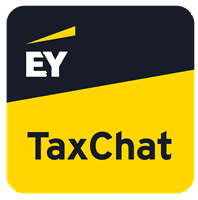What is the AMT?
Under IRS rules, personal deductions and other tax benefits can significantly reduce a taxpayer's regular tax amount. The alternative minimum tax (AMT) applies to high-income taxpayers by setting a limit on those benefits, helping to ensure that they pay at least a minimum amount of tax. The AMT has its own set of forms, rates, rules, and brackets, and requires taxpayers to calculate their federal income tax using this alternate system. Since the passage of the 2017 Tax Cuts and Jobs Act, certain AMT brackets and thresholds were automatically indexed to inflation.
Factors that can increase the likelihood of AMT
How can I find out if I may be subject to the AMT?
There are no guaranteed tests to determine in advance if you are subject to the AMT. If you were subject to it last year and you have a similar income and tax situation this year, you will most likely be subject to it again.
To help determine if you are subject to AMT, the IRS provides guidance on how AMT is calculated here. Another method is to see what you might owe under the ordinary tax system and compare it to what you might owe under the AMT. The TaxCaster can help you estimate both amounts. If your AMT tax bill is higher, that's the tax you'll owe.
Certain deductions and types of income can influence whether or not you are subject to the AMT. Among the most common factors that can make an individual subject to the AMT are substantial deductions for:
- State and local income taxes.
- Interest on second mortgages and interest on home equity loans used for purposes other than home improvement.
- Miscellaneous itemized deductions.
- Medical expenses.
Note that these deductions have the potential to be disallowed or treated differently under the AMT system than under the normal ordinary income tax system.
Other factors that can cause susceptibility to the AMT are:
- Earning significant interest income (usually tax-exempt) from certain private activity municipal bonds.
- Exercising incentive stock options that are "deep in the money" (on which gain is usually deferrable and taxed as capital gain income).
If one or more of the above factors apply to you, consider talking to your tax advisor to see if you may be able to reduce your exposure to AMT.



